

|
Electron Retarding Potential Analyzer 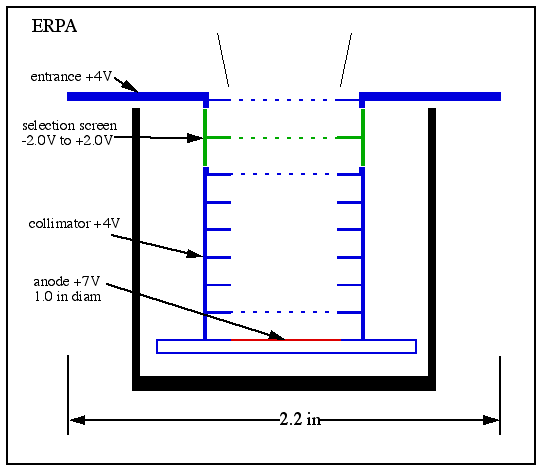 A schematic diagram showing how the ERPA works (image care of Mark Widholm).
The instrument, called an Electron Retarding Potential Analyzer (ERPA), is what’s known as a “top hat” electrostatic analyzer. This means, the ERPA uses electric fields to attract/guide electrons into the detector and measure their energy. Acquiring an energy distribution of a population of particles, in this case electrons, gives us a temperature. Electron temperature is just one small part of the in situ measurements the MICA rocket will make as it flies through the aurora over Alaska. Below are some pictures of the ERPAs as they were being built. The ERPAs were then shipped down to Wallops Flight Facility in Virginia for testing and integration with the rest of the MICA payload’s instruments and are now at Poker Flat Research Range prepping for launch. 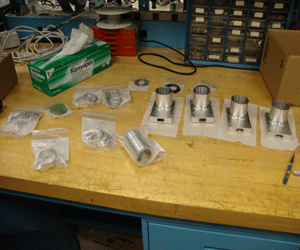 Here are the parts for the four ERPA instruments as I received them fresh from being created in the machine shop. The rings and casings are made of aluminum and the collimators of brass. 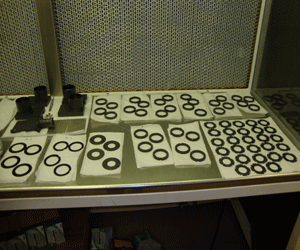 Here are the ERPA parts laid out after “blacking”, where we coat the metallic elements of the instrument to keep them from giving off extra electrons when they’re exposed to sunlight (photoelectric effect). 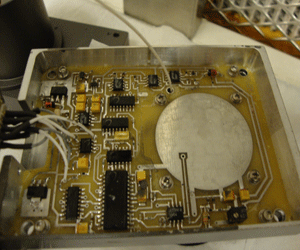 This bottom view of the ERPA shows the computer board and electronics that control the instrument. The large metallic circle to the right is the actual detector where the electrons hit. 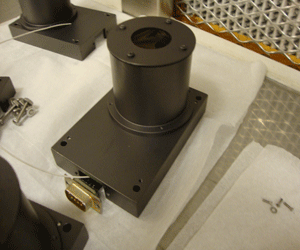 Here is a completed ERPA. The tall, cylindrical part is the actual detector where the electrons will be measured. It’s made up of a series of insulators, rings, and fine mesh screens. |
Questions? Comments? Problems viewing the website? Please send us an email